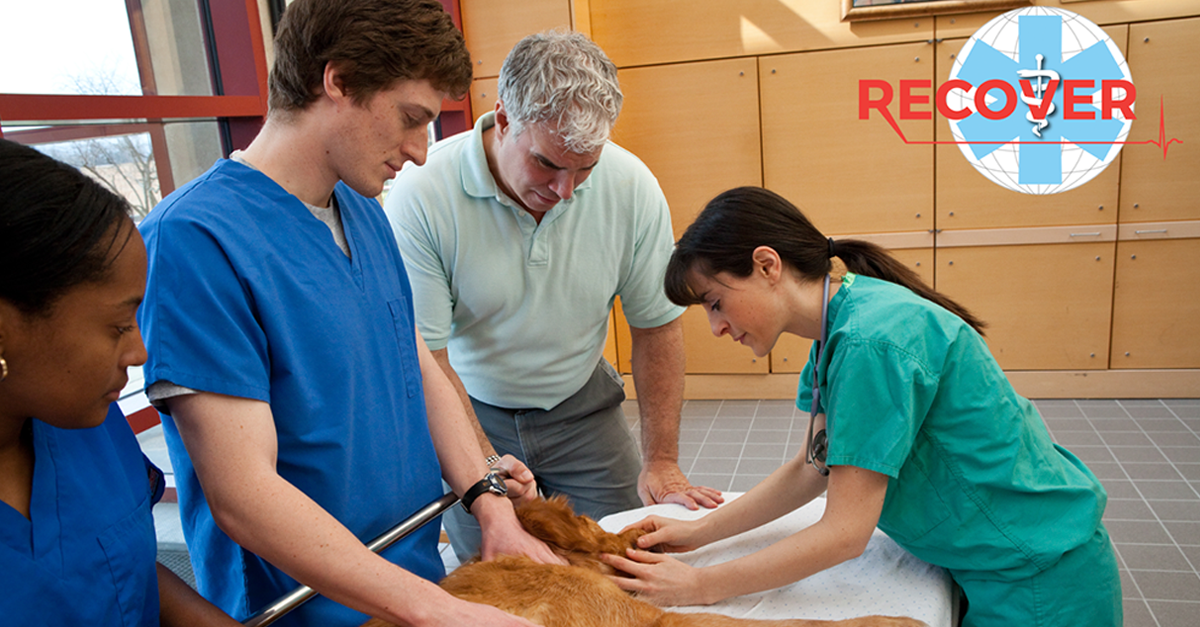3 Things to Know in the New Age of Standardized CPR Training
Dr. Daniel Fletcher reviews the process behind creating standardized CPR guidelines, the RECOVER Initiative, and new, exciting ways to get...

Here are some little-known tips for examining a common orthopedic issue—the cruciate tear.
Veterinarians receive basic orthopedic training, but sometimes the most common cases can be tricky or need a more thorough examination. Here, we'll talk about 5 tips for specific situations requiring orthopedic care.
Joint issues are seen as the most common problem, especially cruciate tears in dogs. The reason why cruciate tears are so difficult is that 50% of tears are partial tears, and when the examiner checks for instability, the leg will appear completely stable despite it being partially torn. Here are 5 tips for what to consider in examining and treating a cruciate tear:
All that is needed is a little hands-on training, and everyone knows that veterinary school is only the start to a veterinarian’s education. That’s why Viticus Group offers CE courses where participants can learn in a hands-on environment and come away with real practical knowledge.
Stay in the Know!
Click the link to subscribe to our YouTube channel or check out our WVC Resource Library full of great podcasts, videos, and digital downloads!
Disclaimer
Content may contain advertising and sponsorships. Advertisers and sponsors are responsible for ensuring that material submitted for inclusion is accurate and complies with applicable laws. We are not responsible for the illegality or any error, inaccuracy or problem in the advertiser’s or sponsor’s materials.
Advertising and sponsorship material and/or opinions are not are not a reflection on Viticus Group.

Dr. Daniel Fletcher reviews the process behind creating standardized CPR guidelines, the RECOVER Initiative, and new, exciting ways to get...

Improving patient care involves the entire veterinary team, so why wouldn't we get CE for the entire team?

3 min read
Developments and discoveries in veterinary medicine haven't halted during the months of the COVID-19 pandemic. Find out where you can get the latest...